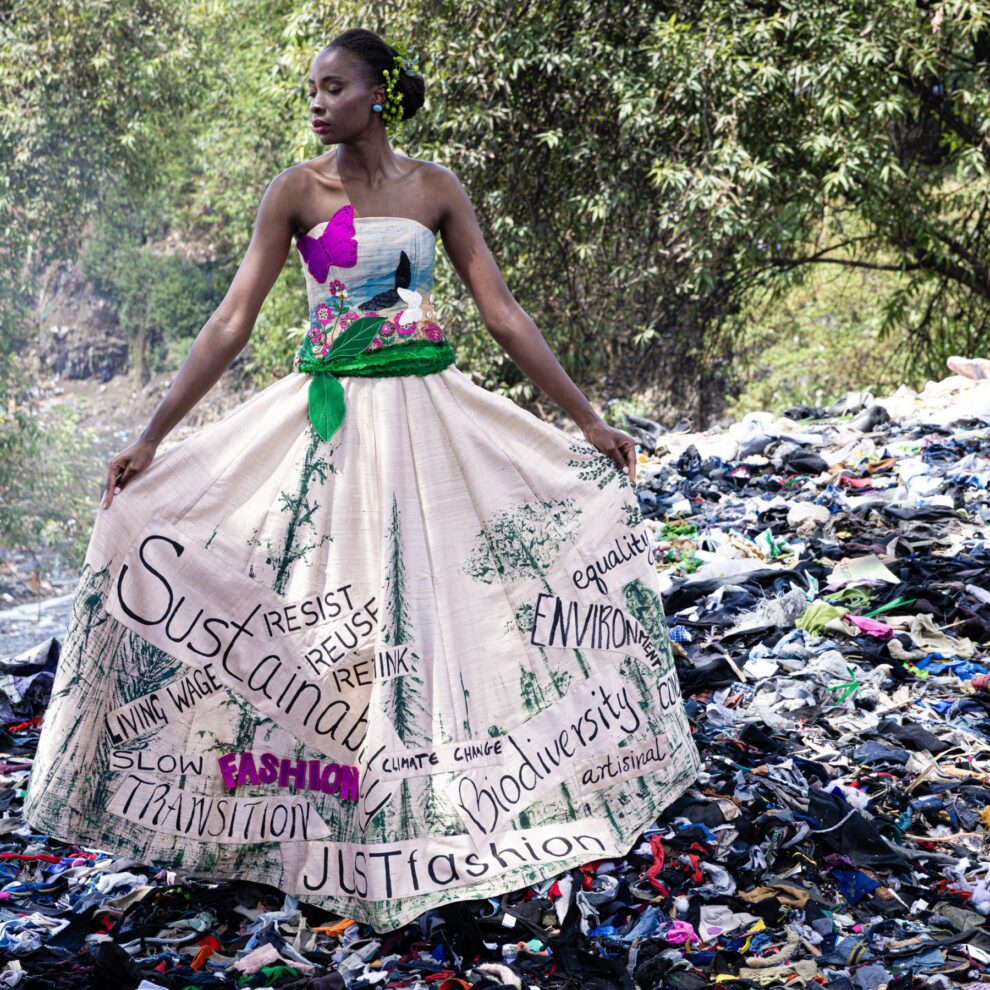Nairobi’s fashion community uses secondhand clothing market as their inspiration and backdrop.
Nairobi, Kenya – The dawn barely colours the sky with a soft hue of gray when traders at Gikomba, the largest secondhand market in East Africa, start arranging their merchandise on low wooden stalls. Thrift clothes they buy by weight in large sealed plastic bundles are carefully sorted by category. A pile of jeans. A pile of tennis shoes. Bras of various colours and sizes hanging neatly in a row.
Despite the early hour, the narrow Kenyan market alleys swarm with people, and vendors scream over each other, touting their merchandise. The suspense rises when a trader opens a new package. Shoppers flock around, hunting for “cameras”. “Pieces that look like clothes you would see in a magazine or on TV. That deserve to be filmed on camera,” explained Isichy Shanicky, a 21-year-old designer at the Maisha by Nisria Collective.
Like millions of Kenyans, she knows how to navigate the labyrinths of Gikomba effortlessly, following its unwritten rules.
“Come early. You want to be there when a new package is opened,” she said. “Dress down. The vendor will look at you to determine the price. If you see a piece you like, hold onto it. Or someone else will claim your precious find.”
Shopping secondhand is so popular it has developed its own vocabulary and etiquette.
Secondhand clothes shipped from abroad account for a large sector of the Kenyan economy. In 2021, the country imported $169m worth of them. The Gikomba market alone provides employment to about 65,000 people. Critics said it comes at the expense of the home textile industry, which struggles to compete, and the environment.
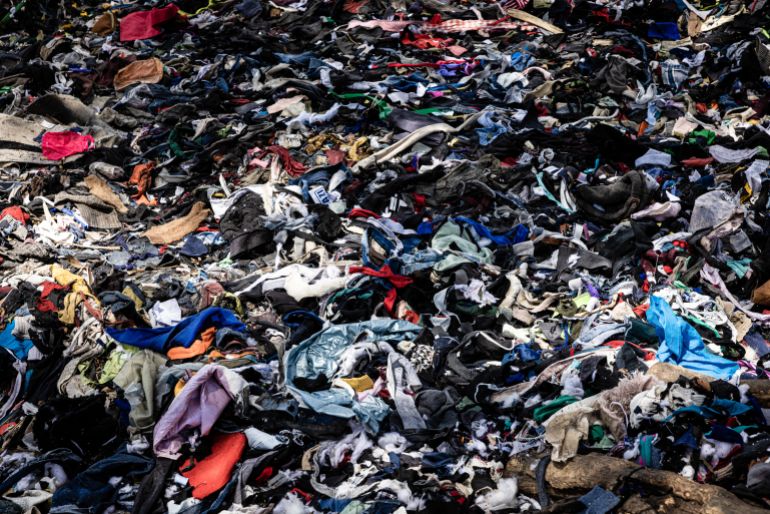
Nicholas Kilonzi made his career at Gikomba. In 2009, his father died, and the family could not afford to pay for Kilonzi’s education. He found his first job helping a secondhand shoe merchant and eventually saved enough money to start his own business, which employs three people today.
Over the years, the quality of the clothes that come from abroad has gone down together with Kilonzi’s profit. “We open a 62kg [137lb] package, and we find maybe 10 cameras,” he said. “Five years ago, there would be 40 or 35.”
The non-cameras, clothes of poor quality, damaged or worn-out, are sold at 50 shillings ($0.35) a piece. The leftovers become industrial rugs or get discarded on the shores of the Nairobi River, which flows next to Gikomba. About one-third of all garments are plastic waste that will disintegrate into particles polluting the soil and the ocean.
Colourful mountains of unwanted clothing line the river’s shores – one of the consequences of the fast fashion industry. Such landscapes have become a familiar sight in the Global South, far from glamorous catwalks and glowing shop windows of the fashion capitals of the world.
To hold a mirror up to the industry’s environmental and social sins, the creative team behind Nairobi Fashion Week organised a photo shoot at the dump site. The shoot is part of its Just Fashion campaign, which runs from April to November.
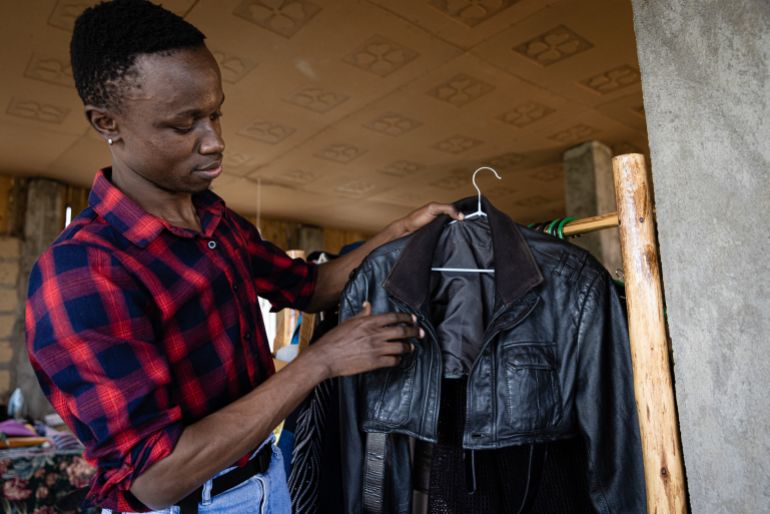
“We are not trying to fight the secondhand. It provides employment and affordable clothing to millions of people. We advocate for responsible consumer choices and government regulation policies to make fashion sustainable. What people buy makes a difference,” said Idah Garette, an environmental activist and model who participated in the shoot.
The organic silk dress with hand-painted sustainability messages that Idah wears on the campaign photos is a creation of Deepa Dosaja, one of Kenya’s high-end designers at the forefront of promoting ethical fashion choices. “I have seen a positive change,” Dosaja said. “People who used to shop in Dubai or London are now proud to wear Kenyan. Ethical fashion is not only better for the environment. It creates dignified and meaningful employment.”
Today, young designers are shaping Kenya’s fashion market and reinventing its long and conflicted relationship with the secondhand. Maisha by Nisria is a young fashion studio. Its designers, aged 21 to 28, create original pieces from secondhand garments and discarded fabrics. Shopping in places like Gikomba is part of their creative process and a way to reduce the environmental impact of their trade.
“You touch a piece, and it speaks to you,” says Conde Tausi, a 28-year-old designer for whom using secondhand started as a necessity and eventually turned into a purpose. “When I experimented with my first designs, I didn’t have money to buy fabrics. So I used things from my mother’s wardrobe – clothes she didn’t wear. After some time, I noticed the wardrobe became tidier. And I thought that maybe this is something we could do at the scale of the planet.”

About a third of the clothes discarded on the shores of the Nairobi River are plastic waste. [Alyona Synenko/Al Jazeera]
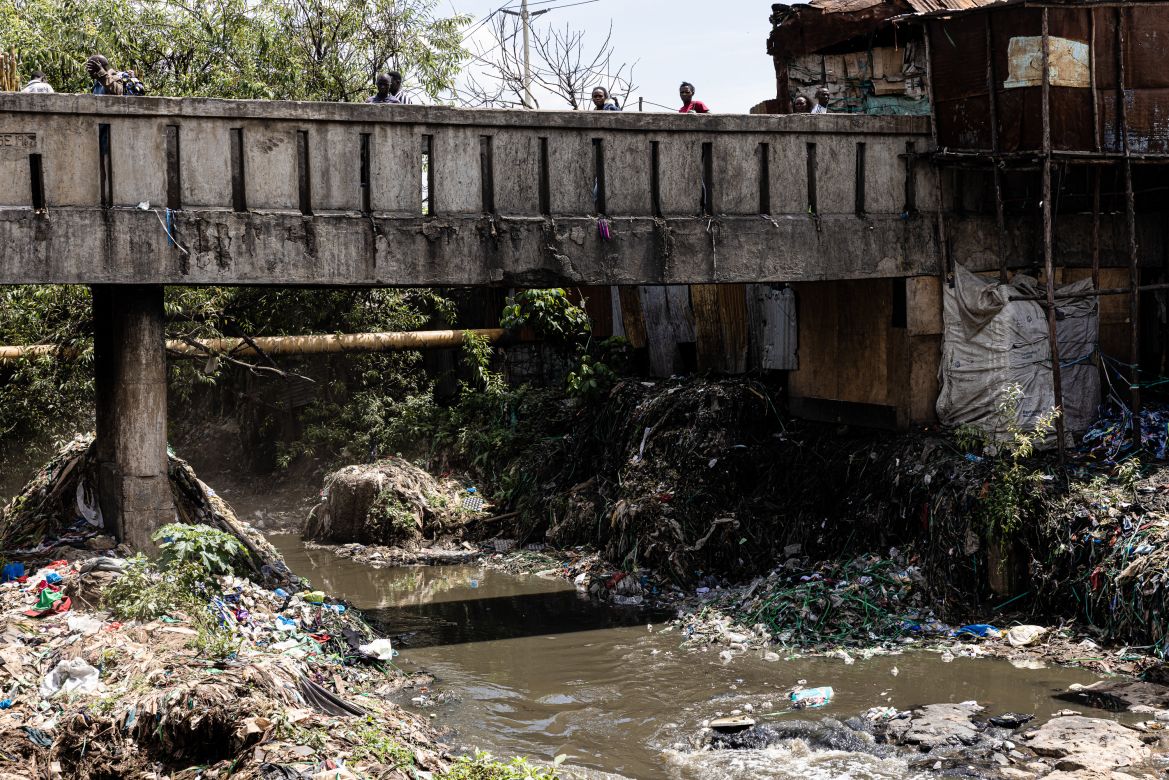

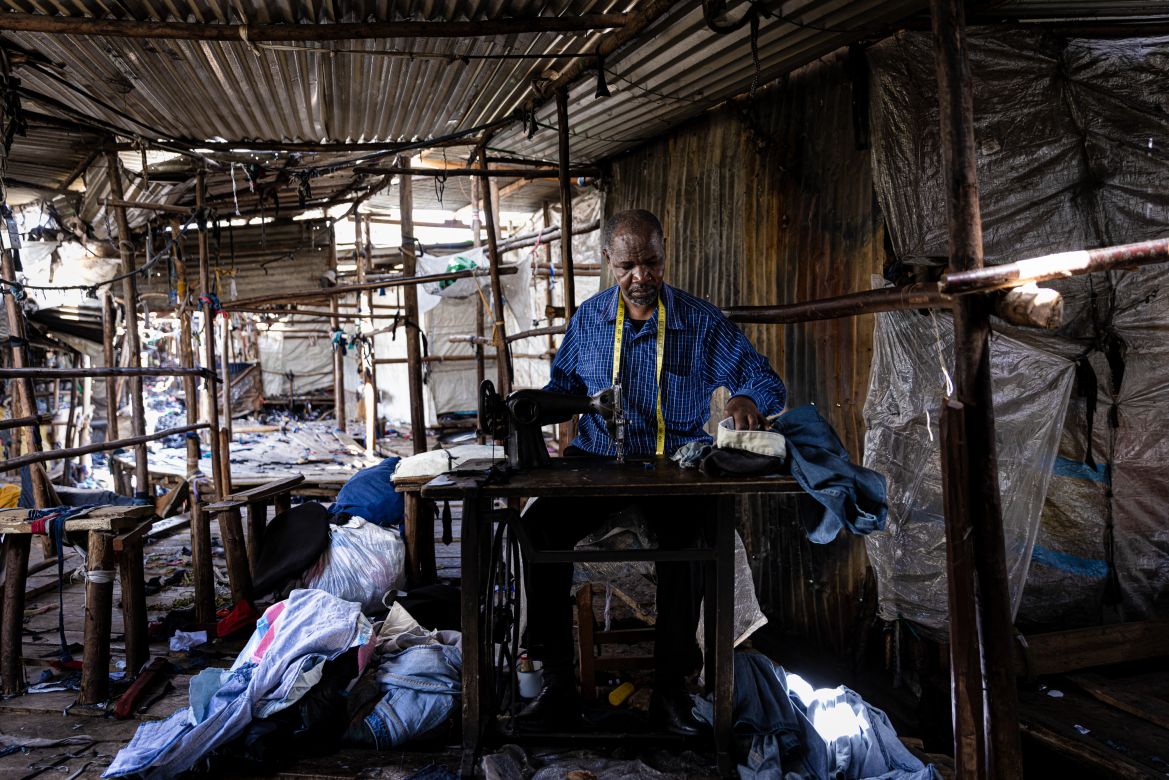

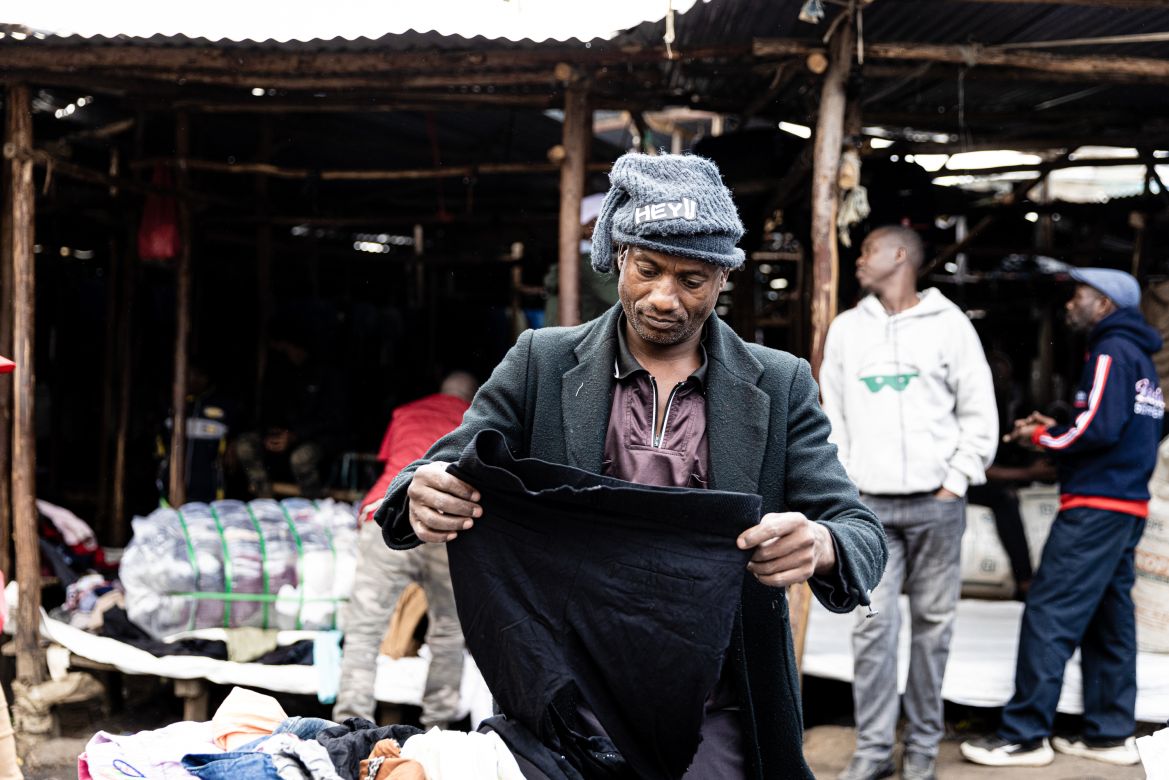
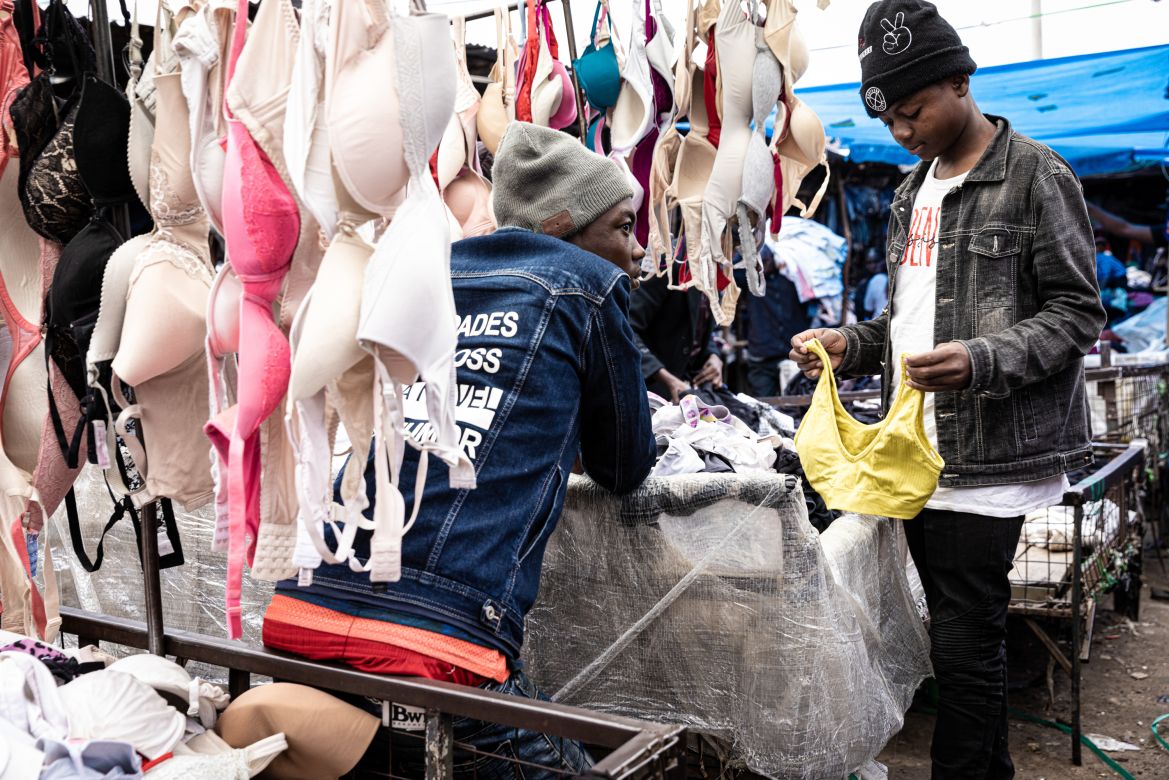
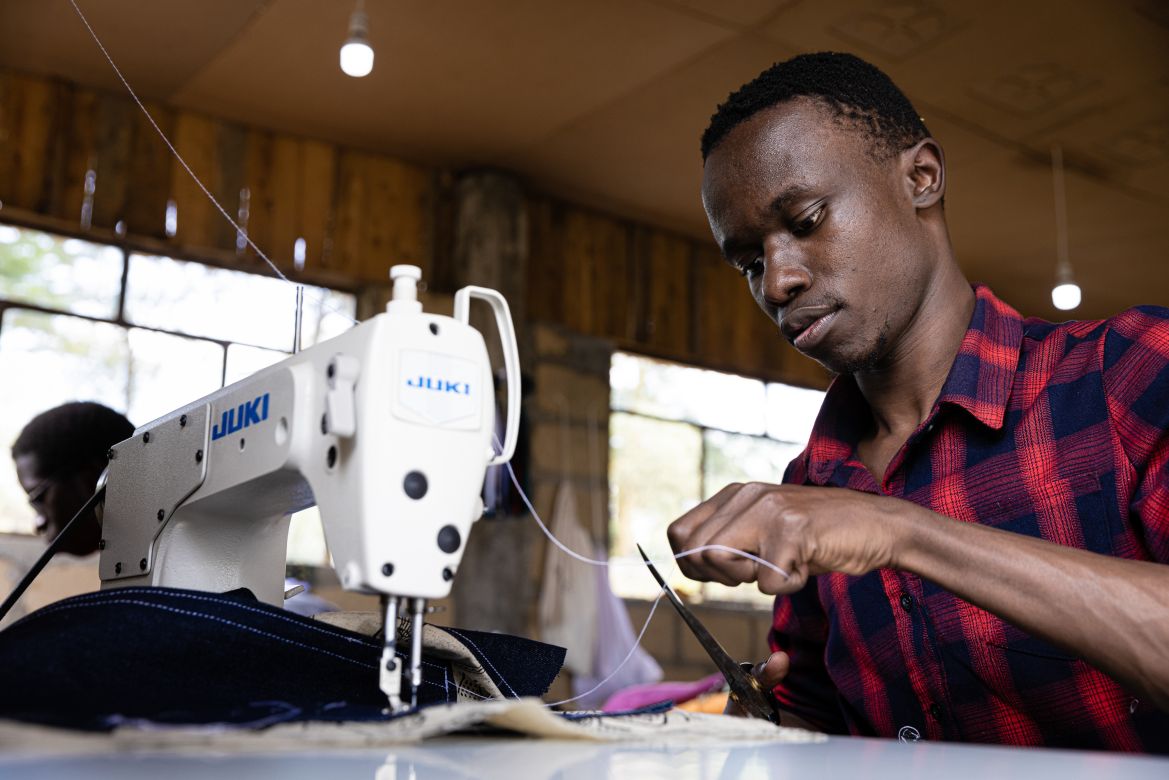
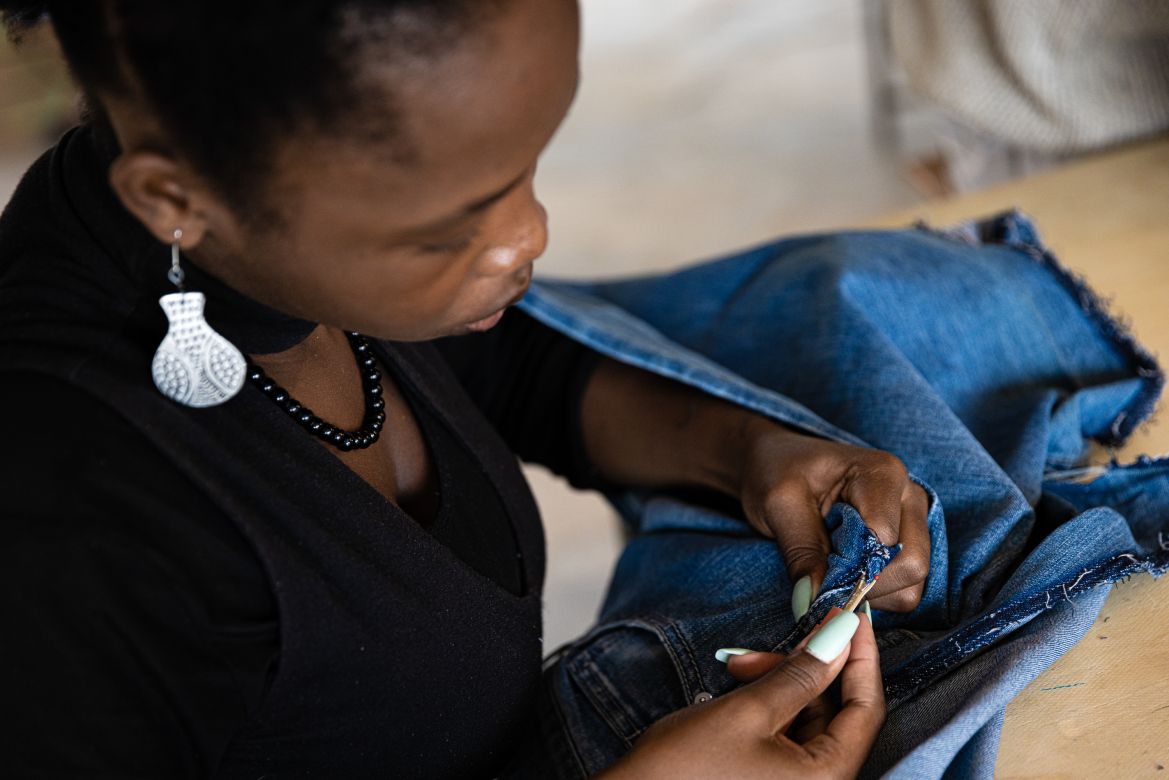
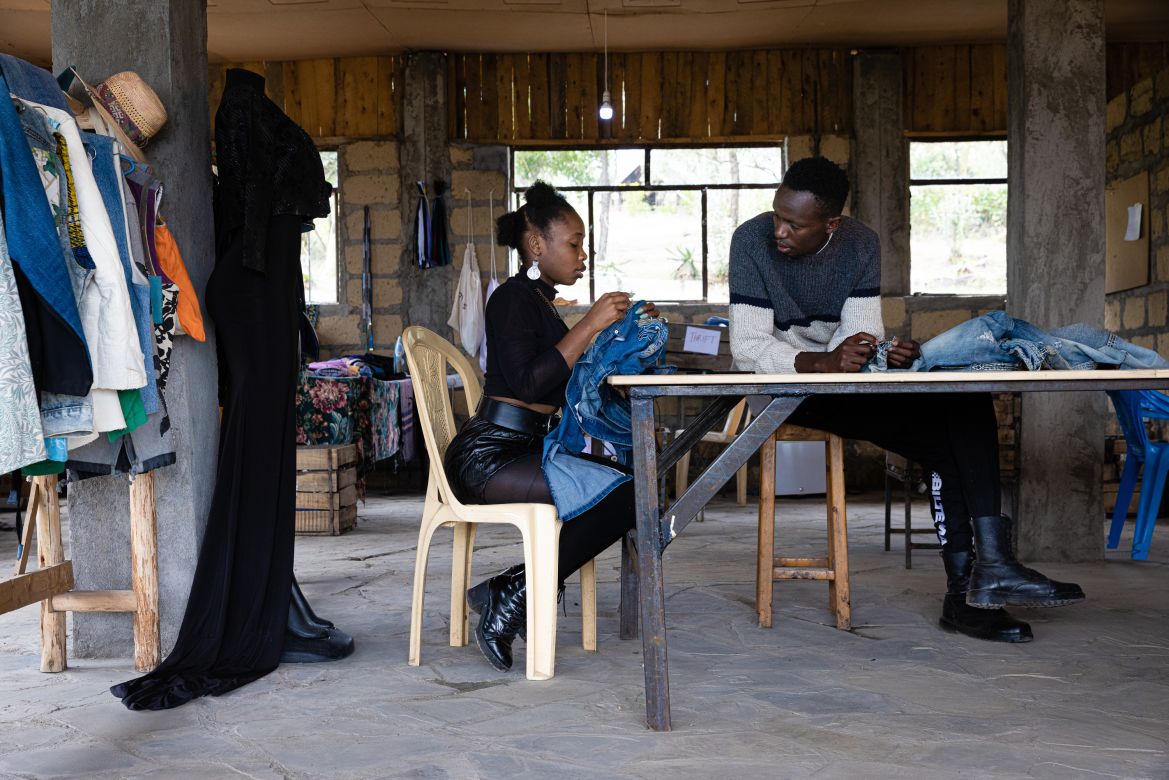
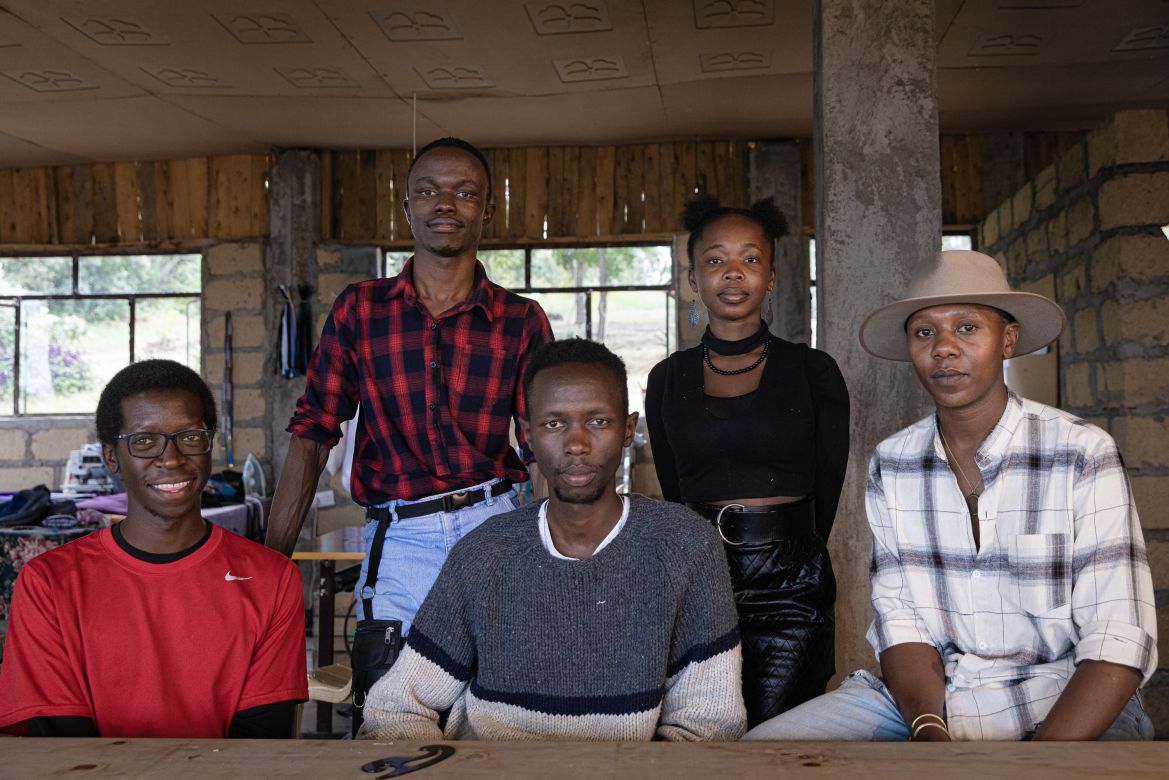
Source : Al Jazeera













